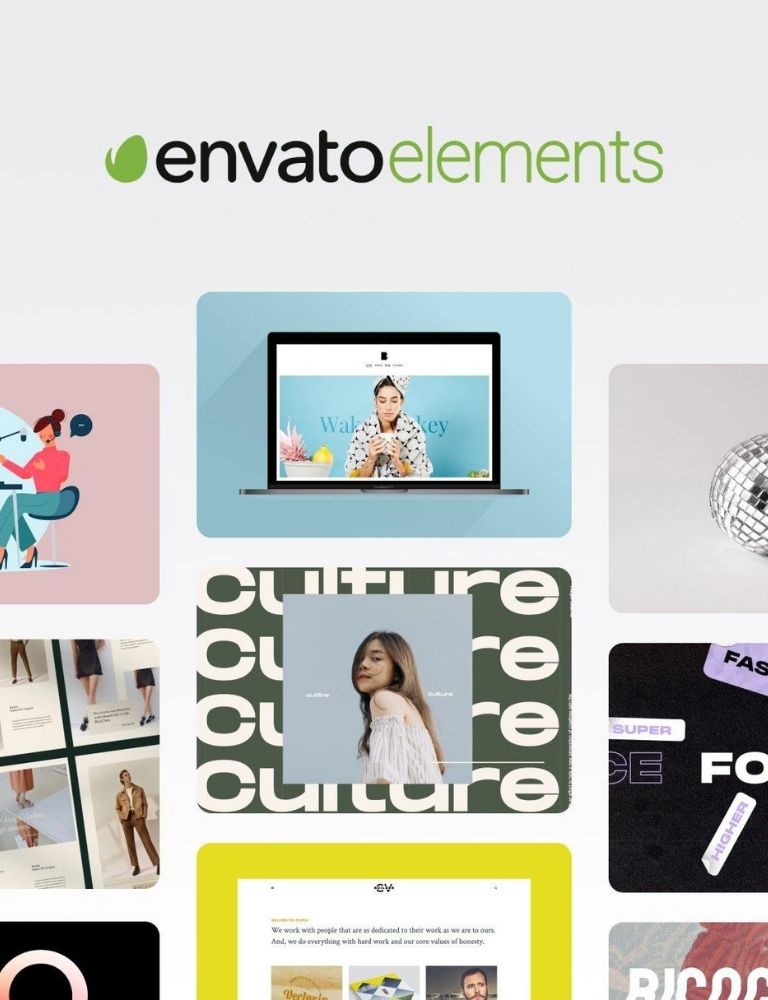Are you considering starting a blog or perhaps you have already taken the first steps towards starting your own blog. Either way, you’re in the right place! Because with this article on blog writing guide, we offer all the information you need together. Blogs have become an effective means of communication and expression in the modern world. So why do you think? Let me tell…
With the internet becoming our global village, access to information has become easier and everyone has the chance to tell their own story. A wide range of stories are told, from personal experiences to business stories, from recipes to travel diaries, from educational materials to fashion tips. This is where blogs come into play. Blogs allow each of us to create our own art in the digital world. It is entirely up to you to determine what this work of art will be!
But wait a minute! Is it that easy to create a blog and make it a success? No it is not. When equipped with the right information and strategies, this mountain-like challenge turns into a hill that can be climbed step by step. In this beginner’s guide, I’ll share with you the steps and strategies needed to create a successful blog.
So, what do you say, are you ready to explore the world of blogging? So, let’s open the doors to creating a successful blog and leave our mark in this digital world.
After all, a blog is much more than just a website; It is a chance to share our thoughts, ideas and passions with the world.
We will gradually focus on identifying the topic of your blog and understanding exactly why it is so important. Now the real fun of blogging begins!
















